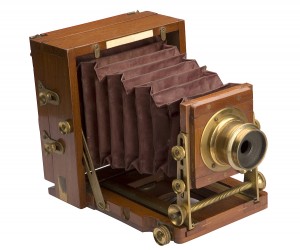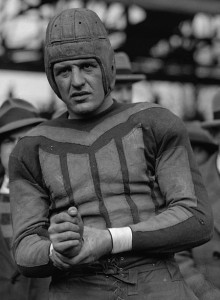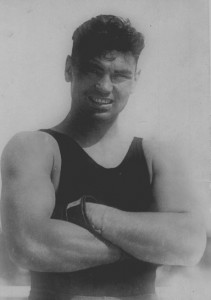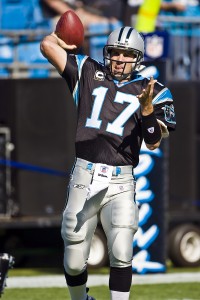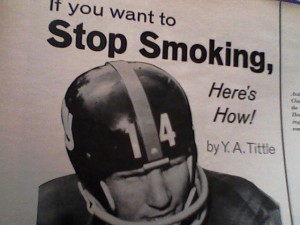
Pardoned by Governor Mark Sanford. (Image courtesy of Tim Hipps.)
Tiger Woods: Good morning, and thank you for joining me.
Decoder: I wish I was anywhere else. Preferably a brothel.
Tiger Woods: Many of you in this room are friends.
Decoder: Friends with benefits.
Tiger Woods: I am deeply sorry for the irresponsible and selfish behavior I engaged in.
Decoder: Sometimes three or four times a night. Sometimes with two strippers at the same time in a hot tub. In all different kinds of positions. Except for 69. I don’t like that one. That looks like a trick they train seals to do.
Tiger Woods: My behavior has caused considerable worry to my business partners, to everyone involved in my foundation, including my staff, board of directors, sponsors, and most importantly, the young students we reach.
Decoder: Why did I try to sell myself as a family man and philanthropist? I could have stayed single, partied hearty and been fine. Jeter is smarter than all of us.
Tiger Woods: Some people have speculated that Elin somehow hurt or attacked me on Thanksgiving night.
Decoder: If I don’t deny it, she will beat me again. And she hits hard.
Tiger Woods: I knew my actions were wrong, but I convinced myself that normal rules didn’t apply.
Decoder: I’ve been hitting a golf ball like a robot since I was two. You expected normalcy?
Tiger Woods: Achievements on the golf course are only part of setting an example. Character and decency are what really count. Parents used to point at me as a role model for their kids. I owe all those families a special apology.
Decoder: My ego is still telling me that I need to be something more exalted than just a golfer and a good husband and dad. I don’t.
Tiger Woods: As I proceed, I understand people have questions. I understand the press wants me to–wants to ask me for the details of the times I was unfaithful. I understand people want to know whether Elin and I will remain together. Please know that as far as I’m concerned, every one of these questions, and answers, is a matter between Elin and me. These are issues between a husband and a wife.
Decoder: This is the truest thing I’ll say today. I owe apologies to my wife, kids and business partners. Anyone else who wants an explanation should get a life.
Tiger Woods: Some people have made up things that never happened. They said I used performance-enhancing drugs. This is completely and utterly false.
Decoder: I shouldn’t be thinking about my athletic legacy at all today, but I just can’t help myself.
Tiger Woods: Part of following this path for me is Buddhism, which my mother taught me at a young age. People probably don’t realize it, but I was raised a Buddhist, and I actively practiced my faith from childhood.
Decoder: Buddhism is the one with the Karma Sutra, right?
Tiger Woods: I do plan to return to golf one day. I just don’t know when that day will be. I don’t rule out that it will be this year.
Decoder: It will be this year.
Tiger Woods: I look forward to seeing my fellow players on the course.
Decoder: Imagine how badly I will beat them if I actually focus more on golf than on arranging three-ways with waitresses in Olive Garden restrooms.
Read other Decoders.



